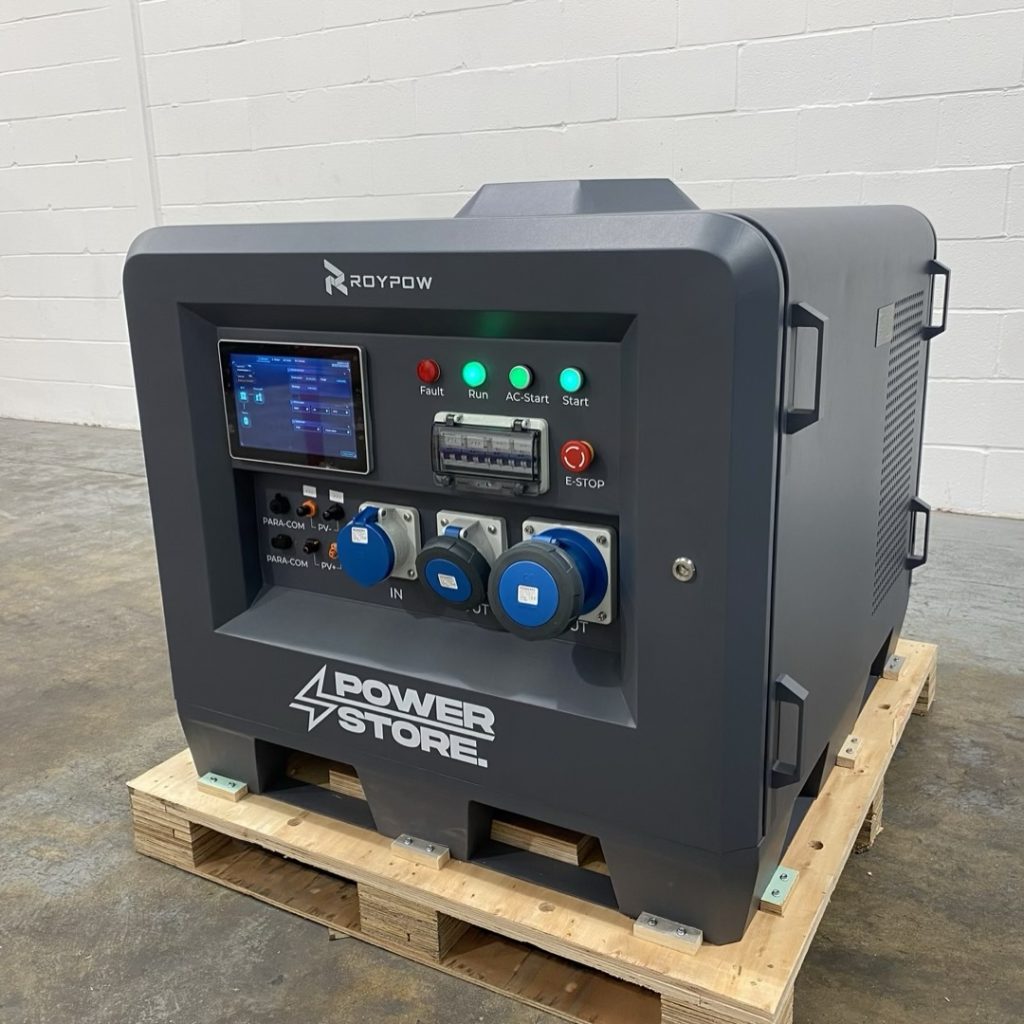Battery Energy storage systems and disaster recovery

Battery energy storage systems (BESS) play a crucial role in disaster recovery and energy stability due to their ability to provide reliable, flexible, and decentralized power. Here’s how they support these objectives:
- Disaster Recovery
- Backup Power During Emergencies
- BESS can provide immediate power when the grid goes down due to natural disasters such as hurricanes, wildfires, or earthquakes.
- Critical infrastructure like hospitals, emergency response centers, and communication systems can rely on BESS for uninterrupted power.
- BESS can provide immediate power when the grid goes down due to natural disasters such as hurricanes, wildfires, or earthquakes.
- Rapid Deployment
- Modular and portable battery systems can be quickly deployed to disaster-affected areas to support temporary shelters, water purification systems, and mobile communication units.
- Modular and portable battery systems can be quickly deployed to disaster-affected areas to support temporary shelters, water purification systems, and mobile communication units.
- Grid Restoration Support
- BESS can help stabilize and “black start” power grids, providing the initial energy needed to restart power plants and re-establish grid functionality.
- BESS can help stabilize and “black start” power grids, providing the initial energy needed to restart power plants and re-establish grid functionality.
- Off-Grid Capability
- In remote or heavily impacted areas, BESS paired with renewable energy sources like solar panels can create microgrids to power essential services independently of the main grid.
- Backup Power During Emergencies

- Energy Stability
- Peak Shaving and Load Management
- BESS reduces stress on the grid by storing excess energy during low-demand periods and supplying it during peak demand. This minimizes the risk of outages and improves grid reliability.
- BESS reduces stress on the grid by storing excess energy during low-demand periods and supplying it during peak demand. This minimizes the risk of outages and improves grid reliability.
- Integration of Renewable Energy
- By storing surplus energy generated from intermittent sources like solar and wind, BESS ensures a stable and continuous energy supply even when renewables aren’t actively producing.
- By storing surplus energy generated from intermittent sources like solar and wind, BESS ensures a stable and continuous energy supply even when renewables aren’t actively producing.
- Frequency and Voltage Regulation
- BESS can provide real-time frequency and voltage stabilization to the grid, ensuring consistent power quality and preventing disruptions.
- BESS can provide real-time frequency and voltage stabilization to the grid, ensuring consistent power quality and preventing disruptions.
- Resilience Against Cyberattacks
- Distributed BESS systems reduce dependence on centralized grid infrastructure, making the energy system more resilient to cyber threats.
- Peak Shaving and Load Management
Examples in Action
- Puerto Rico Post-Hurricane Maria (2017): BESS systems were deployed alongside solar installations to create microgrids, supporting critical services and reducing reliance on diesel generators.
- California Wildfire Season: BESS systems have been used to maintain power during Public Safety Power Shutoffs, which prevent wildfires but disrupt grid electricity.
Advantages of BESS in Disaster and Stability Scenarios
- Fast Response Times: Batteries can provide power instantaneously, bridging the gap until other systems come online.
- Sustainability: When paired with renewables, they reduce reliance on fossil fuels.
- Scalability: Systems can be sized to meet the specific needs of communities or infrastructures.
- Cost Savings: Long-term operation of BESS reduces costs associated with fuel logistics and generator maintenance during disasters.
BESS is increasingly vital as global energy systems face growing challenges from climate change, aging infrastructure, and rising energy demands.